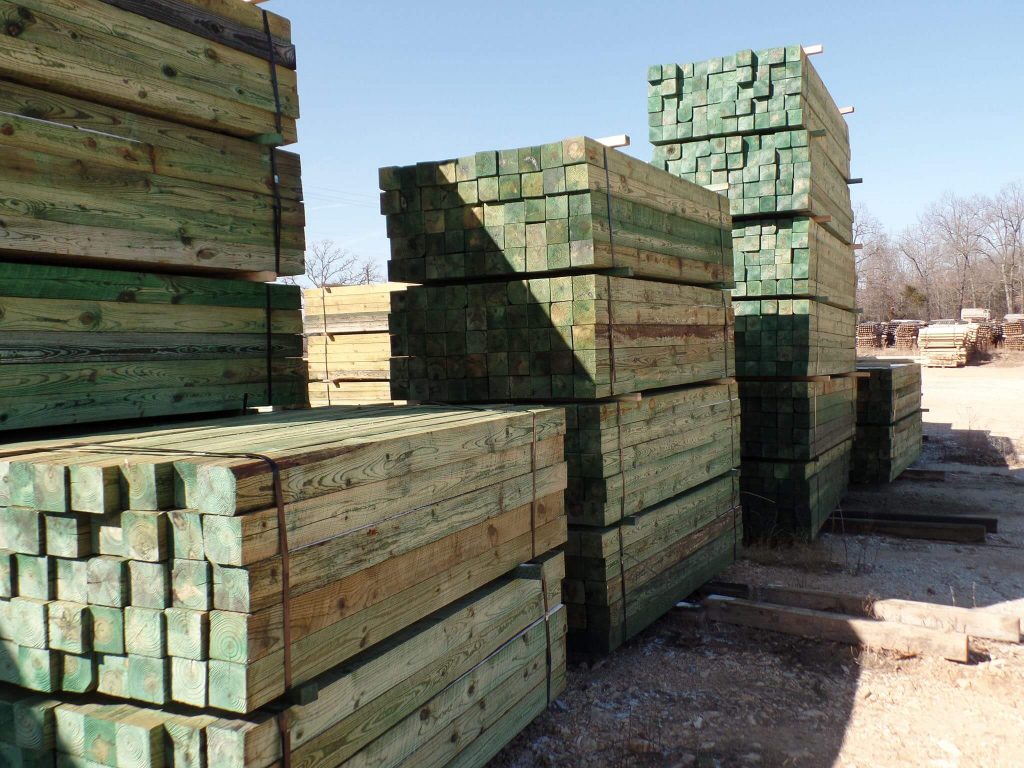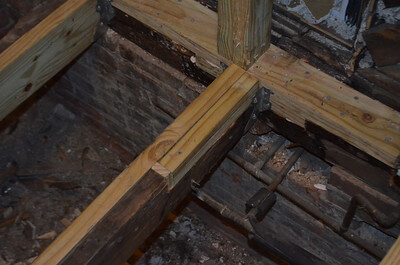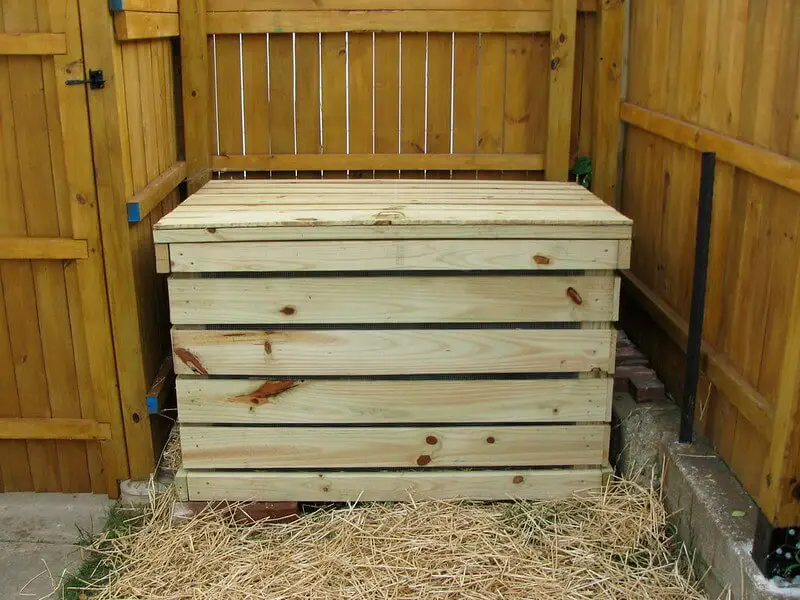Pressure-treated timber is the best wooden material for various exterior projects. This variety is more resistant to natural elements than natural wood, making it perfect for the outdoors.
It can also be tempting to use pressure-treated wood indoors. This lumber is sturdier than untreated wood since around 32 lbs. of water is added to every cubic foot of the wood during pressure treatment, making it 75% heavier than other alternatives.
There are also oil-based preservatives used during pressure treatment that provide the wood with structural support. As such, you might be tempted to use this exceptionally sturdy wood for indoor applications as it offers added durability. This article critically explores this possibility to help you make an informed decision for your next wooden indoor installation.
Related: Can You Use Pressure-Treated Lumber for Roof Rafters
What is Pressure Treated Lumber?

Pressure-treated timber undergoes high-pressure treatment wherein it is infused with chemical preservatives. Timber is placed in a cylindrical tank, and all the air is expelled from the container. Wood preservatives are then poured into the tank, and high pressure is applied to allow the chemicals to seep into the wood’s fibers. Finally, the tank is drained, and the wood is dried.
Toxicity of Pressure Treated Wood
While this chemical seepage makes the wood more resistant to mold, pests, water, and fungus, it also poses a major threat to humans. Since these are toxic chemicals, people cannot use pressure-treated wood for any installations that are in contact with food or drinking water, such as kitchen countertops or cutting boards.
Which Chemicals Do Pressure Treated Woods Contain?
To understand the toxicity of pressure-treated wood, you must first know the chemical preservatives used in the treatment process. Typically, pressure-treated wood contains oil-based preservatives and several copper-based compounds.
Copper-Based Compounds
As highlighted in our outdoor wood treatment ‘how-to’ guide, copper is a very effective agent that helps preserve the wood for longer. Among the copper compounds used in wood, treatment includes chromatid copper arsenate-a pesticide, alkaline copper quaternary-a fungicide and pesticide, and copper azole-also, an insecticide. While these chemicals cannot leech onto the wood’s surface, they are still very toxic. They are all harmful to the body when ingested.
Oil-Based Preservatives
Oil-based preservatives are also integral elements of the wood treatment process. They add structural support to timber, making it more durable.
Is Pressure Treated Timber Usable Indoors?
All factors considered, it is possible to use pressure-treated lumber indoors. However, you need to put specific measures into consideration for safe usage.
First, ensure the wood does not come into contact with drinking water or food. Secondly, use the wood in an area that is not accessible to children or pets to prevent them from chewing on this harmful material. Lastly, avoid using pressure-treated wood in areas adjacent to your home’s plumbing system to avoid chemical seepage from the wood into the water.
Best Indoor Spots to Use Pressure Treated Wood
Given its toxic nature, some areas of your household are better suited for pressure-treated wood than others.

Sub-Flooring
Case in point, sub-flooring is a perfect area to utilize such lumber. A sub-floor is the layer positioned directly below the main floor covering. Pressure-treated wood makes the floor sturdy, repels bugs, and safeguards your floor from fungi or mold.
House Frame
This wood can also be utilized for the building’s frame. Not only will it ensure the house remains in good shape for a lengthy period, but it also prevents the frame from warping during high humidity seasons and safeguards the house’s foundation from fungi, molds, and insects.
Wall Panels
Lastly, pressure-treated wood can also be used as a wall panel for the attic and basement. These rooms are susceptible to high humidity and thus are at a higher risk of insect infestation, fungi, and molds. Pressure-treated panels for these rooms’ walls help safeguard them from these risks.
Conclusion: Can I Use Pressure Treated Wood Indoors?
In summary, pressure-treated wood contains toxic chemicals that make it unsuitable for use in most indoor environments. However, its weather resistance, sturdiness, and insect or fungi repellent efficacy make this type of lumber worth considering for certain indoor applications. The safest indoor uses of pressure-treated timber include wall panels, sub-flooring, and house frames.
